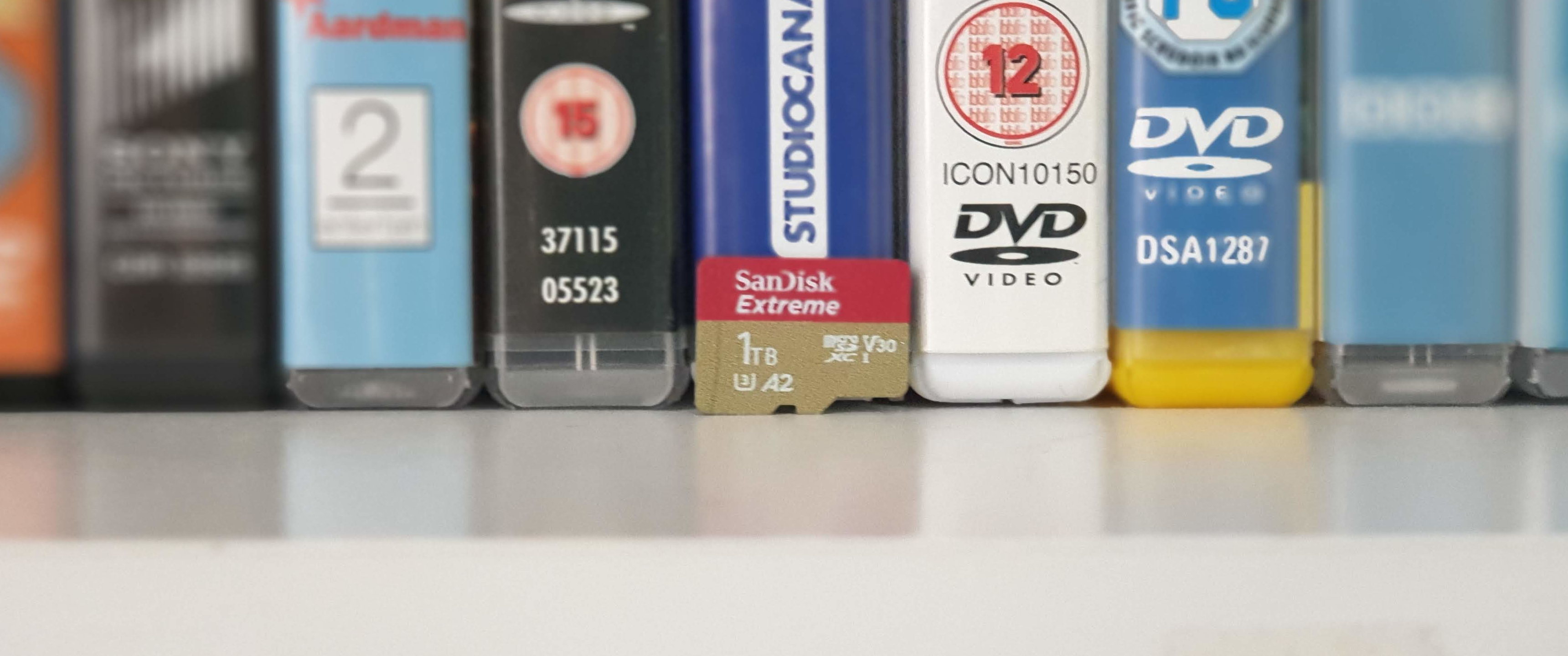TechRadar Verdict
The Sandisk Extreme 1TB microSDXC card is a halo product, one that remains desperately lonely. Understandably, it carries a premium and if you can afford to buy it then why not?
Pros
- +
Can be affordable
- +
Very fast
- +
Capacious
- +
SanDisk memory zone app
- +
Lifetime warranty
Cons
Why you can trust TechRadar
It’s been a year now since we reviewed the Micron C200, which was (and still is) the second 1TB microSDXC memory card to go on sale. The first is the Sandisk 1TB Extreme (also known as SDSQXA1-1T00-GN6MA) which was launched in February 2019 and is now the subject of today’s review.
Price
As it stands, the card costs just under $234 at Western Digital direct at the time of writing. That’s almost half its launch price. It was on sale for $220 over Black Friday 2019 at Amazon.
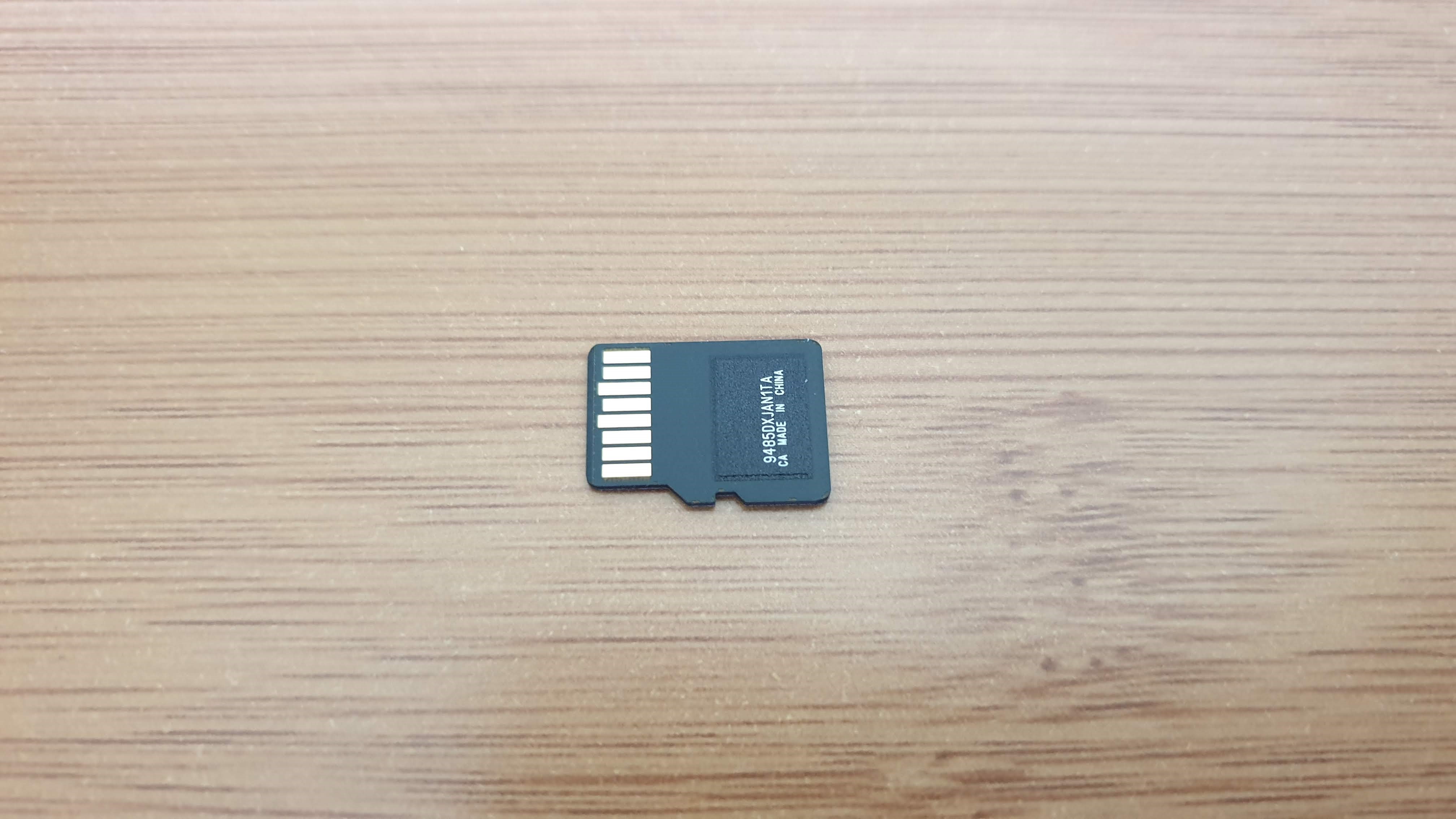
Hardware
The card comes with a lifetime warranty and, Sandisk says, is waterproof, shockproof and X-ray proof. With a rated write speed of up to 90MBps and read speeds of 160MBps, the Sandisk Extreme is compatible with the V30 speed class and should record videos at 4K without hitch. It is also A2-rated, which promises random performance of up to 4K read IOPS and 2K write IOPS.
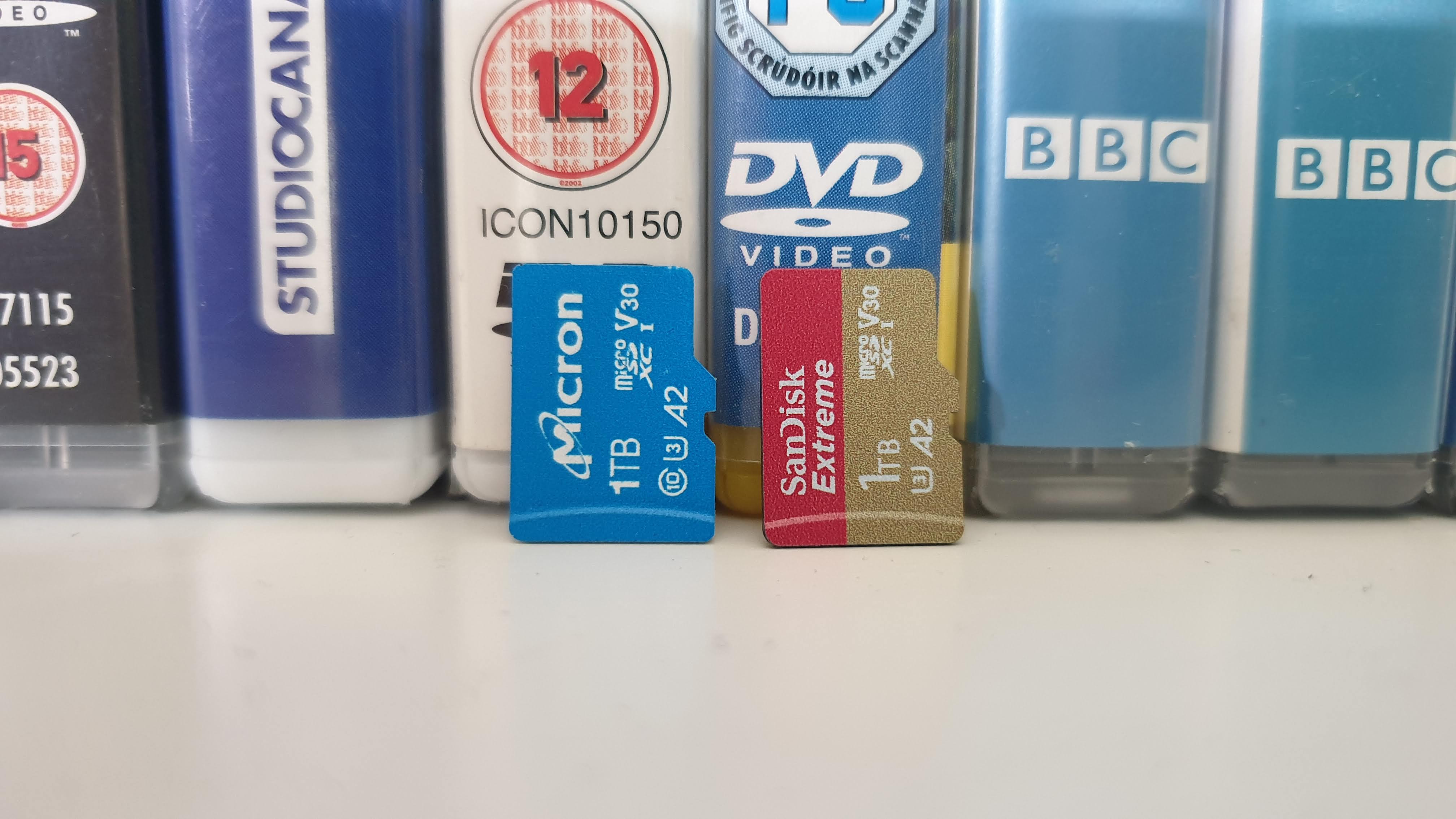
Like the Micron C200, the only other 1TB microSD card currently on the market, the Sandisk Extreme is likely to use the company’s 96-layer 3D QLC (quad-level cell) NAND technology. It does support capabilities such as command queuing and caching but remains constrained by the UHS bus, which will pave the way to microSD Express in a not too distant future.
One recurrent idea that has made the rounds for more than a decade is the desire to combine multiple small memory cards to make a bigger, faster one. Hard disk drives have been assembled in RAID subsystems for decades and RAM and solid state drives have been brought together to deliver record-breaking performance and storage capacities.
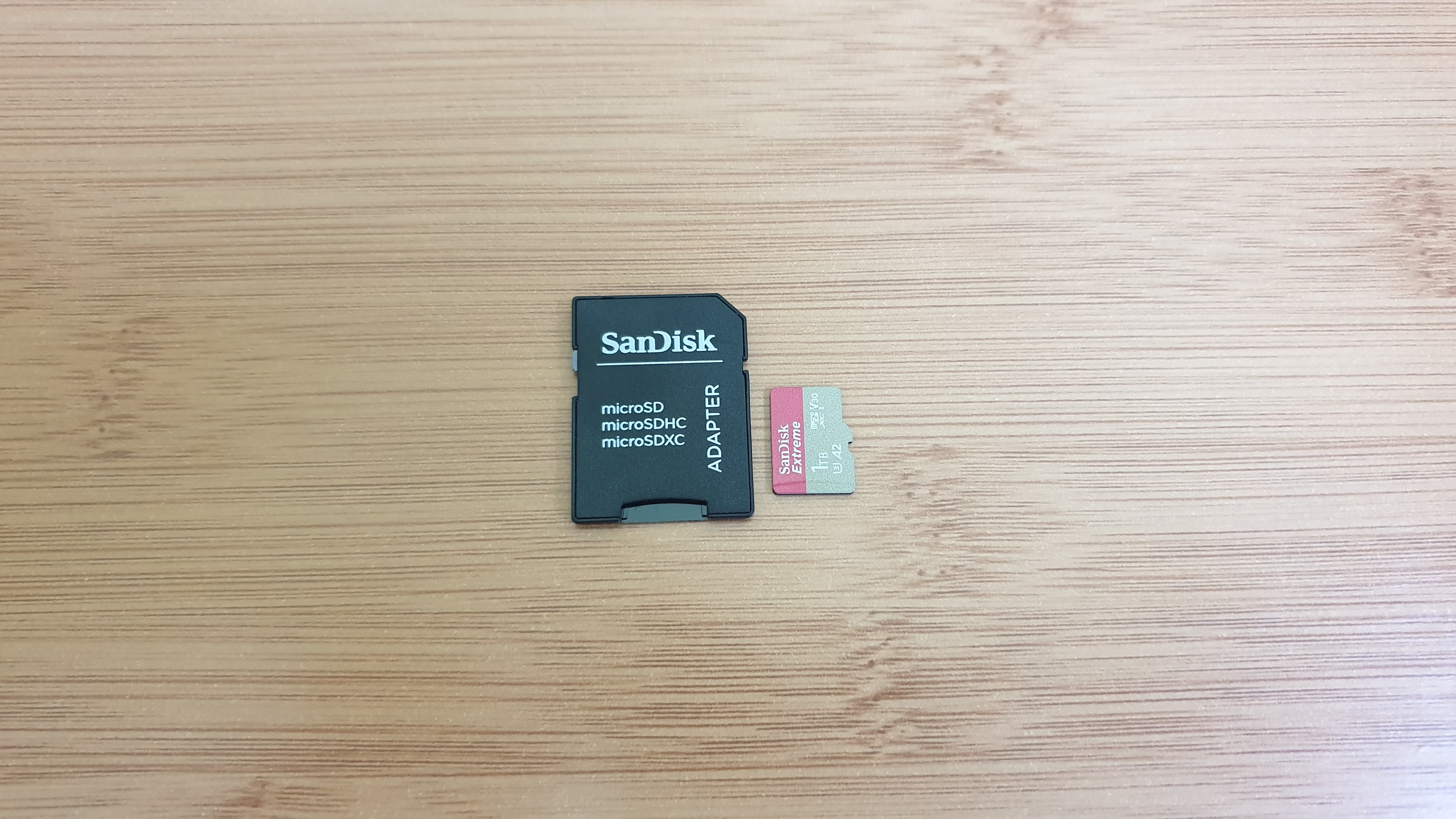
There have been plenty of attempts to do the same with microSD cards (a 4-in-1 converter, a 10-in-1 converter, a 6-in-1 converter, a 4-in-1 SSD enclosure and even 4-in-1 USB drive) but because of performance issues and the size of the addressable market, this has proved to be a rather futile endeavour especially as large capacity SSD have seen their prices dropped below that of high capacity microSDXC (on a per TB basis).
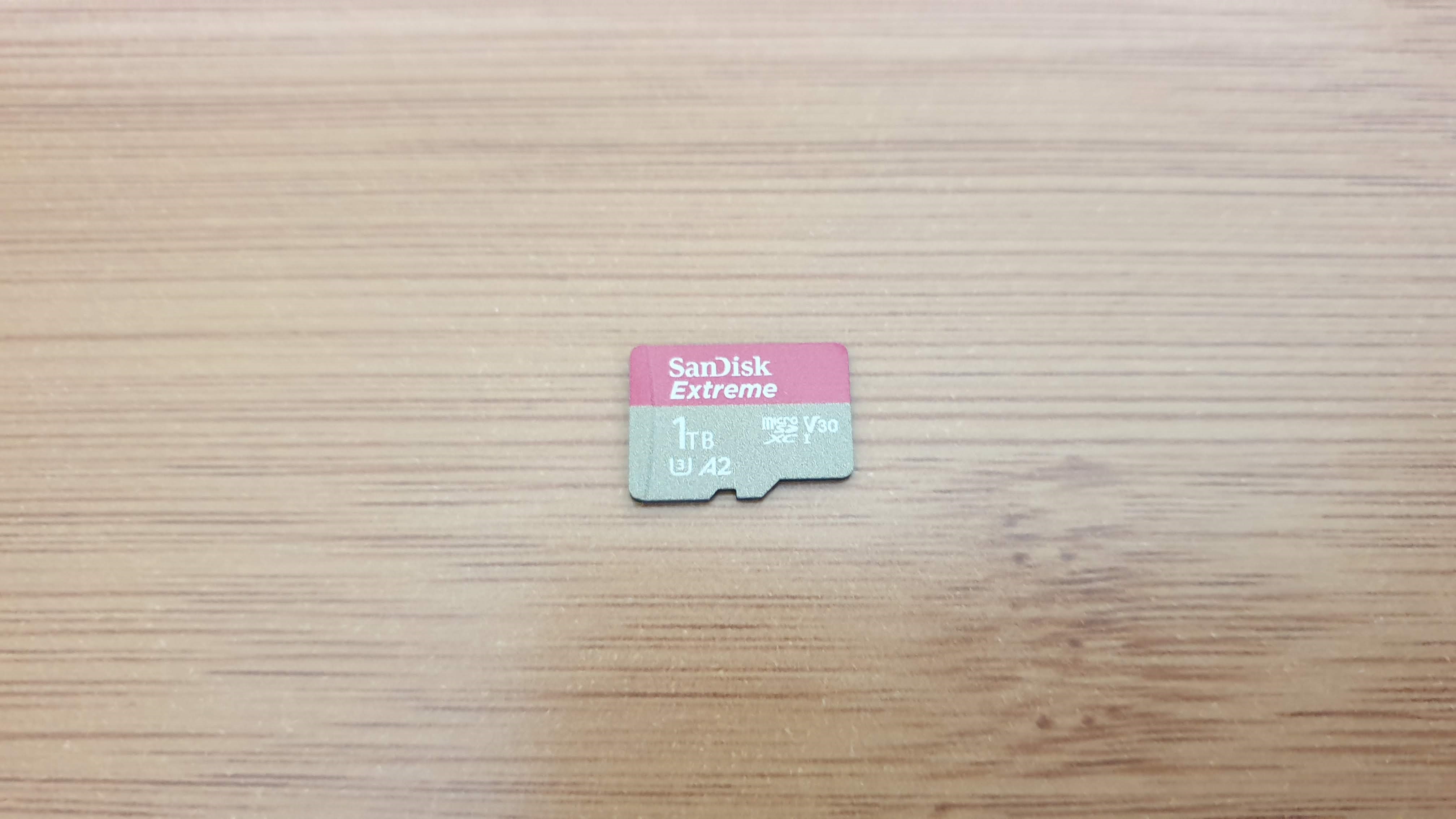
Performance
While there’s no software on the card itself, Sandisk recommends that you download its Memory Zone app which, the blurb says, will help you organize “your content and free up space on your phone”. It is well reviewed and is free, so worth a try.
Here’s how the Sandisk Extreme 1TB microSDXC card performed in our suite of benchmark tests:
CrystalDiskMark: 92MBps (read); 85MBps (write)
Atto: 89MBps (read, 256mb); 82MBps (write, 256mb)
AS SSD: 85MBps (seq read); 80MBps (seq write)
AJA: 85MBps (read) ; 78MBps (write)
The card comes with an adapter and RescuePRO Deluxe 1-year data recovery software download offer. This software makes it easy to recover files that have been accidentally deleted. We also recommend that you use a reputable cloud storage service to keep your data safe.
We tested the Sandisk Extreme 1TB with a microSD card reader, on our Dell Latitude 7490 laptop. However, performance, as always, will depend on what card reader you use.
On the whole, the card is marginally faster than the Micron C200 and at no point in time did we manage to reach the rated read speeds of 160MBps. CrystalDiskMark, the most generous storage benchmark on the market, delivered 85/92MBps. Real life transfer rates hit 70MBps when moving a 10GB file.
The competition
In theory, the Micron C200 is the only competitor to the Sandisk Extreme 1TB; the problem is that there are none available anywhere. Clearly there is a supply issue with Micron and we’re not sure why. Two smaller players (Silicon Power and Integral) have confirmed that they will launch 1TB microSDXC cards in 2020 but unlike Sandisk or Micron, they don’t control the production of the memory chip that goes inside the card.
We have reached out to Samsung, Netac, PNY, Lexar, Patriot and Teamgroup to find out what are their plans for 1TB cards. The latter has the cheapest 512GB microSDXC card on the market, one that costs under $70 or $132 per TB (and a 40% discount on the promotional price). That capacity remains the sweet spot when it comes to flash memory.
For those looking for an even faster microSDXC card, there’s the Sandisk 1TB Extreme Pro microSDXC card; it is far more expensive but almost doubles the read speeds to 170MBps and is fast enough to record in 8K or for your action camera. You will need a compatible reader to make the most out of it though.
Final verdict
The Sandisk Extreme 1TB is an outlier, a one-of-a-kind, one that will satiate, even temporarily, the thirst for massive storage capacity that a growing audience demands. Professionals that require storage on the go will love the flexibility and the performance of this card; price is likely to be a minor factor in their decision process especially when you factor in the time saved from shuffling lower capacity cards around.
For smartphone users, the lure of being able to add eight times (or more) the amount of storage onboard for far less than buying the next upgrade makes the purchase a bit of a no-brainer. That is particularly true for those looking to shoot high quality 4K videos.
The same holds for laptop users (Windows, Chromebooks or MacBooks) that want an easy and cheap way to increase the internal, local storage capacity without resorting to swapping the solid state drive (and resorting to the dreaded process of disk cloning). Adding 1TB to a laptop with 128GB storage can now be done in seconds!
Drone operators will also appreciate the fact that it can be operated during extreme weathers and temperatures. Dashcam users may want to consider a memory card with higher endurance like the SanDisk MAX Endurance series which promises to last up to 120,000 hours of recording.
- We've also highlighted the best micro SD cards

Désiré has been musing and writing about technology during a career spanning four decades. He dabbled in website builders and web hosting when DHTML and frames were in vogue and started narrating about the impact of technology on society just before the start of the Y2K hysteria at the turn of the last millennium.
